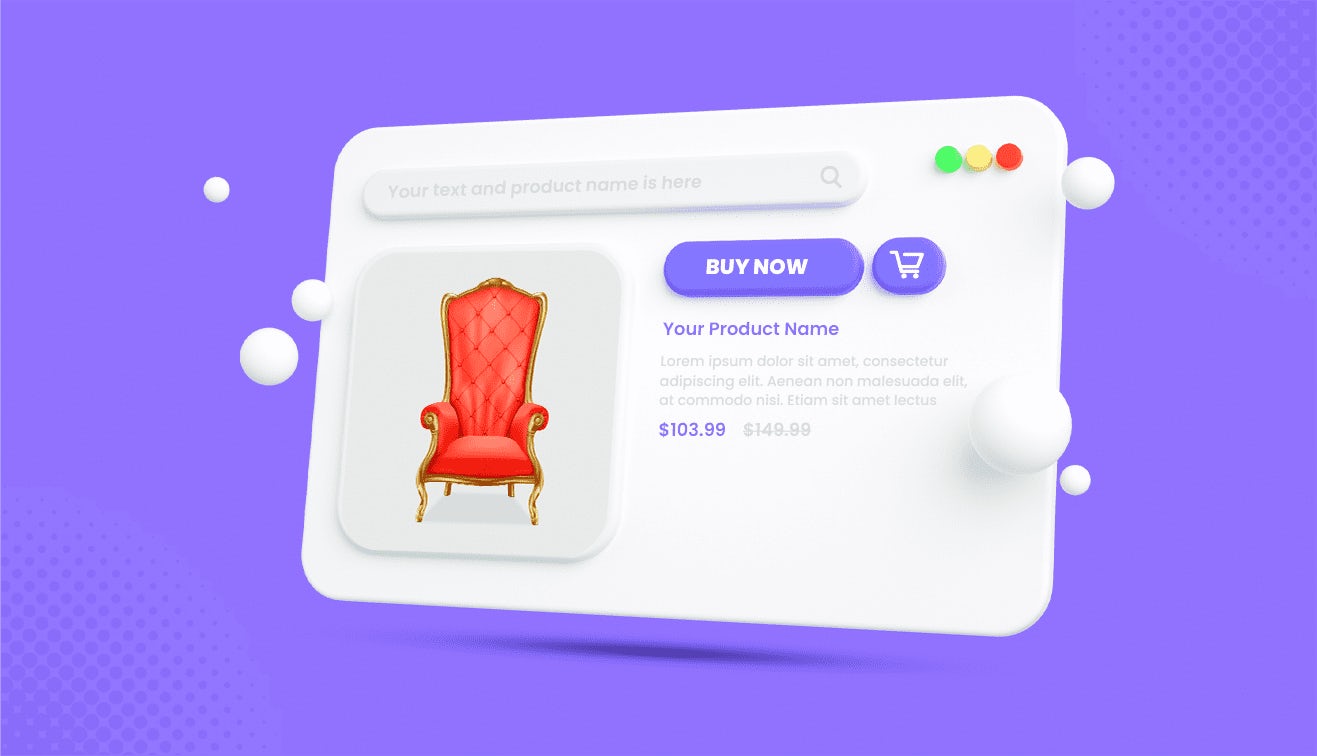Retail's Big Show, organised by the National Retail Federation (NRF), in New York City is the annual bonanza of IT vendors and retailers looking to successfully map out the future of the sector. This year around 40,000 people visited from 105 countries representing 6,200 brands.
The event highlights the latest developments taking place within the retail industry, thereby giving an indication of where the sector is heading, and providing a roadmap for companies to navigate the challenges ahead.
There was no escaping the presence of AI at this year’s event and it is powering an increasing number of today’s technology solutions. The following are among the key themes and trends picked up from this year's NRF Big Show.
B2B embracing omni-channel approach
The b2b market remains wedded to historical working practices and that involves it being very much based on the use of only limited channels. But this is changing and it is moving more towards embracing an omni-channel approach thereby bringing it more into line with the b2c landscape.
According to Gartner as much as 80% of b2b sales interactions between suppliers and buyers will occur in digital channels by 2025. This is a very bold prediction but there is certainly much happening in this field.
Among those feeling the change is Rosie Bailey, co-founder of AI negotiating platform Nibble – that is automating as many as 100,000 negotiations online per month, as she reveals b2b is one of the company’s major growth areas having initially focused on the b2c market.
“B2b is going more omni-channel. It’s on the journey of using all channels. At the moment 90% of the trade is done on the phone for many companies and business customers are all looking to achieve discounts on their orders,” she says.
Nibble had been initially deployed onto business’s websites in order to provide a negotiating capability outside of trading hours. “A pharmaceutical company we work with put us into operation outside its trading hours of 8am to 6pm when no one is physically available to deal with orders. The customers have enjoyed it so much that the company is now considering greater usage,” says Bailey.
What makes this move to a more automated, self-serve environment an easier transition is that often in b2b there is a high degree of repeat purchases. There are also relatively straightforward volume-based discount arrangements in place between buyers and sellers, which enables the parameters for discounts to be automated online without too much difficulty.
Indicative of the shift to using more channels, and the willingness of b2b buyers to embrace this move, is a trial being undertaken by Heineken in Mexico involving a WhatsApp-type app for the brewing company’s b2b customers.
Data security
Management of data is becoming increasingly critical as AI becomes an insatiable consumer of data. Reliable, insightful outputs are wholly dependent on the quality of the underlying data. This also encompasses the important aspect of provenance.
Operators in the b2b space are increasingly reliant on the information they have on their suppliers and the products that these organisations are delivering to their customers.
Gustavo Amorim, CMO at Stibo Systems, says: “The management of this supplier data includes knowing the risk of dealing with those companies. It’s about connecting the supplier data and the information on products that highlights things like their sustainability and [adherence to] compliance etc…In many cases it’s not good, such as child labour. It’s a big thing.”
Hermes is a customer of Stibo Systems and the luxury brand is incredibly sensitive about its dealings with suppliers and has a policy of only dealing with France-based artisans. “They are able to show in detail their sourcing right back to the raw materials. Even though this is b2b it is ultimately about being able to show this [sourcing credentials] to the end-customer,” he says.
There are always risks involved with supply chains and to ensure full visibility of the data across it takes time and effort. Amorim also points out that it is not a one-off task but is very much an ongoing exercise. “Brands will have to make the effort. In Europe we see more of the end-customers caring,” he says.
Empowering employees
Retailers continue to be excited by the opportunity of AI empowering their employees throughout their organisations - from the shop floor, right the way through the supply chain, and into the warehouses.
According to Greg Cathey, senior VP of transportation & innovation at US-based giant Walmart, all employees have a phone issued by the company and have access to the company’s employee app Me@Walmart. “Now that Gen AI is involved we’ve democratised data. How do you take all the knowledge in the company and give it to the associates. This is people-led technology power,” he says.
An employee who has been with the business five years versus someone who has been on-board only five days both have access to the same information via their device. There are myriad use-cases. For instance, by taking in various data points the technology can enable managers to plan an overnight shift in under five minutes compared with an hour before.
“We spend a lot of time listening to the operational team. As we build a use-case, what are the KPIs for success? We want to know the ROI but we start with the associates and NPS scores. Are we reducing friction and pain-points,” says Cathey.
Leveraging item-level visibility
RFID has been around for many years and the use-case has very much been driven by its implementation in stores but this is expected to change as it becomes more widely adopted including its use within the supply chain encompassing distribution centres and ultimately in factories.
Dean Frew, president of RFID solutions at SML, says: “The value proposition for retailers is driven by the ROI component and that’s been focused on stores. But all our customers are now planning to put RFID in distribution centres and then into factories.”
This will give retailers item-level visibility across the whole of the supply chain and provide great opportunities for optimising the movement of inventory. Indicative of the growing appetite of retailers to have this item-level visibility within their businesses, Frew says Walmart is now RFID tagging 100% of its products in numerous categories.
Over recent years the benefits of RFID have broadened out to include helping retailers better manage returns, click & collect, shrinkage and various other aspects that boost the customer experience.
Despite the upsides Frew says only 15% of retailers use RFID technology but he suggests this will change rapidly and he forecasts that within five years only 15% will not be using it: “Apparel and footwear have gone first and beauty will be next and then electronics. These are exciting times as the retail industry goes through a period of transformation.”
Managing the warehouses
Warehouses will become much more efficient with the deployment of AI in the supply chain, according to Azita Martin, VP and GM of retail and CPG at chip firm Nvidia, who says combining digital twins with computer vision can optimise the throughput in distribution centres.
“Optimising layouts is very disruptive but with AI twins you can create a warehouse and simulate layouts and see how objects behave. Retailers can improve throughputs and fulfil orders faster. This can be combined with forecasting capabilities,” she explains.
These solutions are relying on what Martin describes as physics AI that is particularly suited to distribution centres as it involves understanding the weight and depth of packages. She suggests the biggest trend is physics AI combined with physical AI involving robotics that will involve significant improvements in the management of distribution centres. Through simulations robots can be trained for all eventualities in the warehouse.
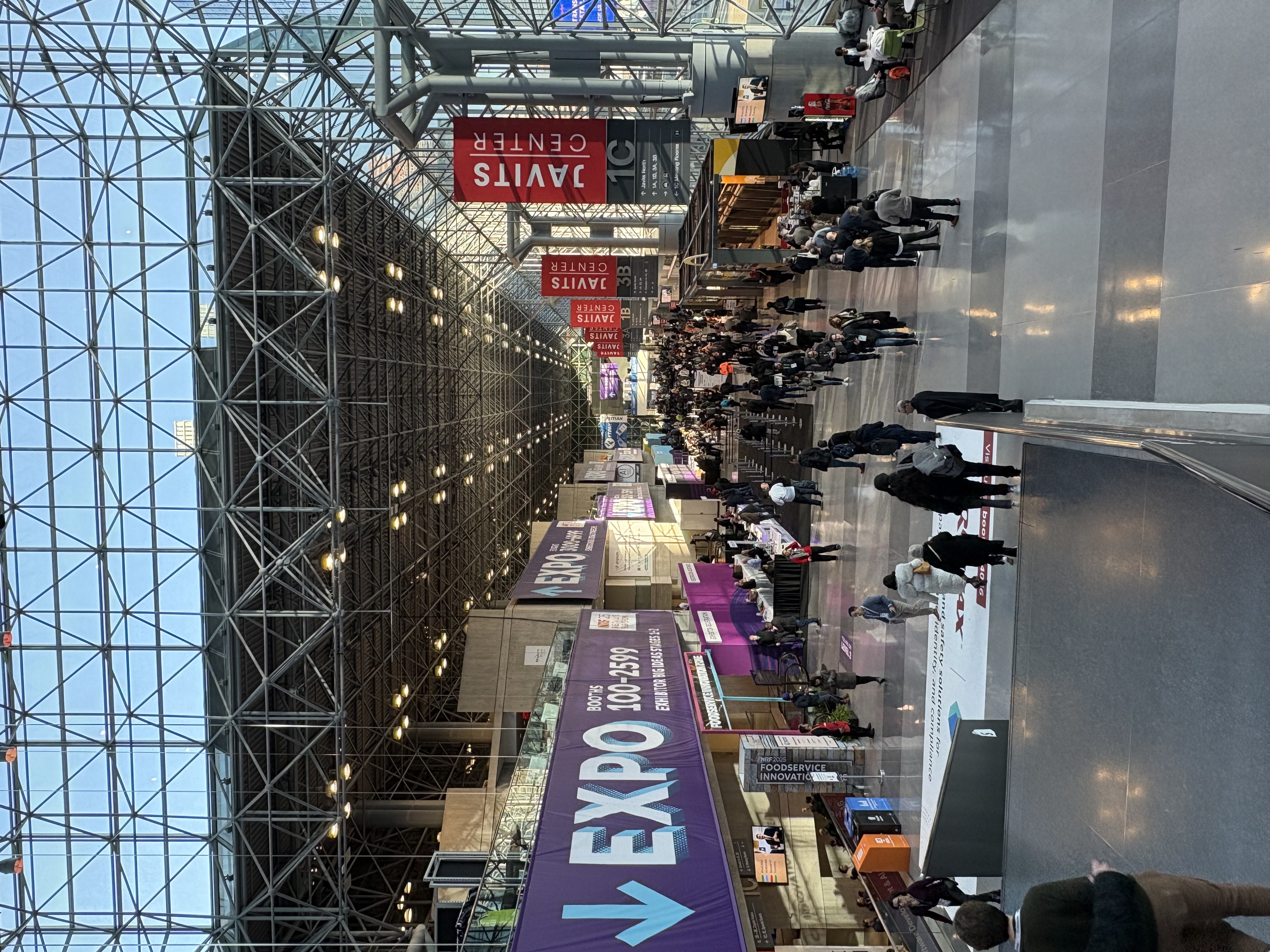

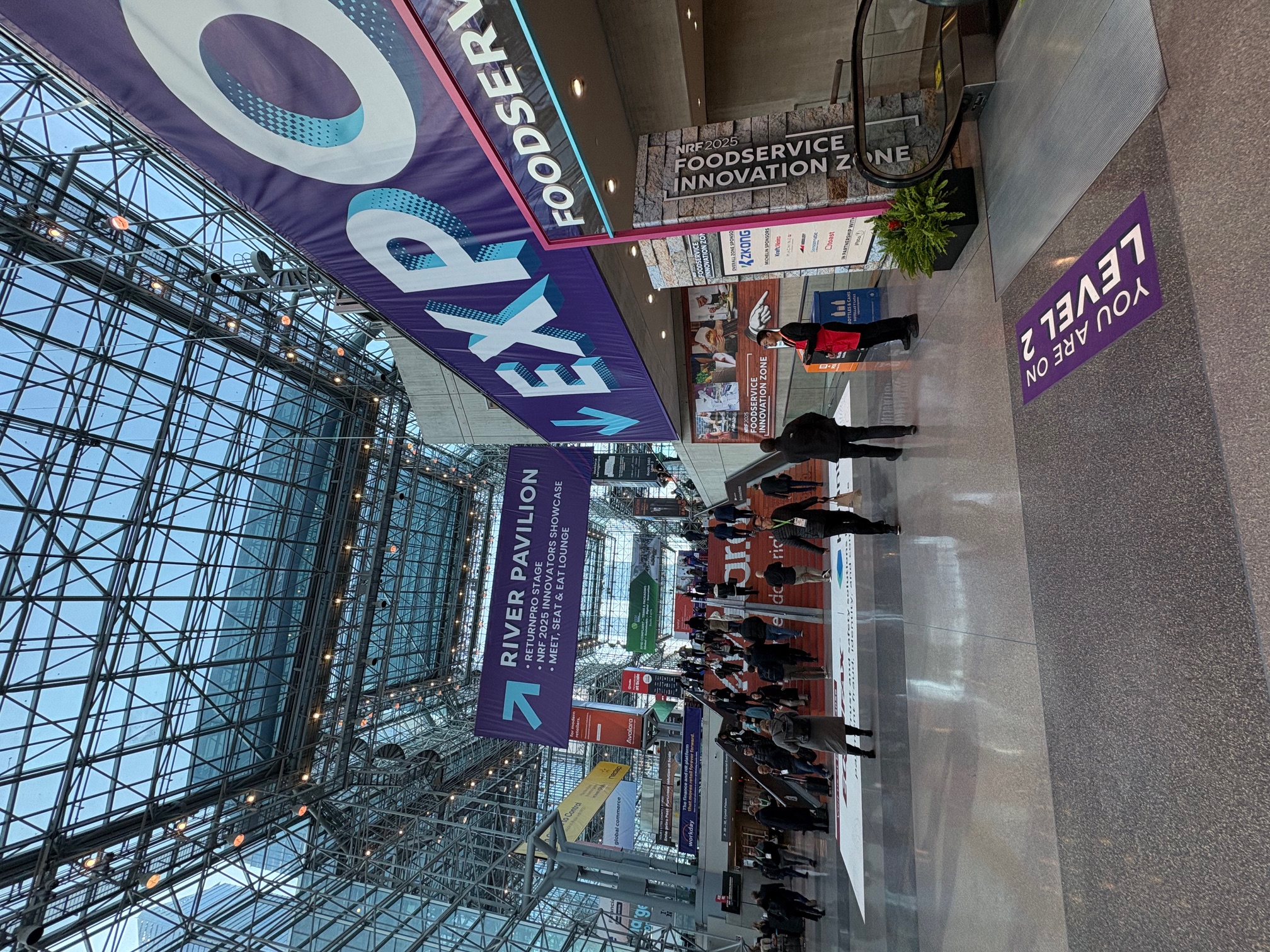
































































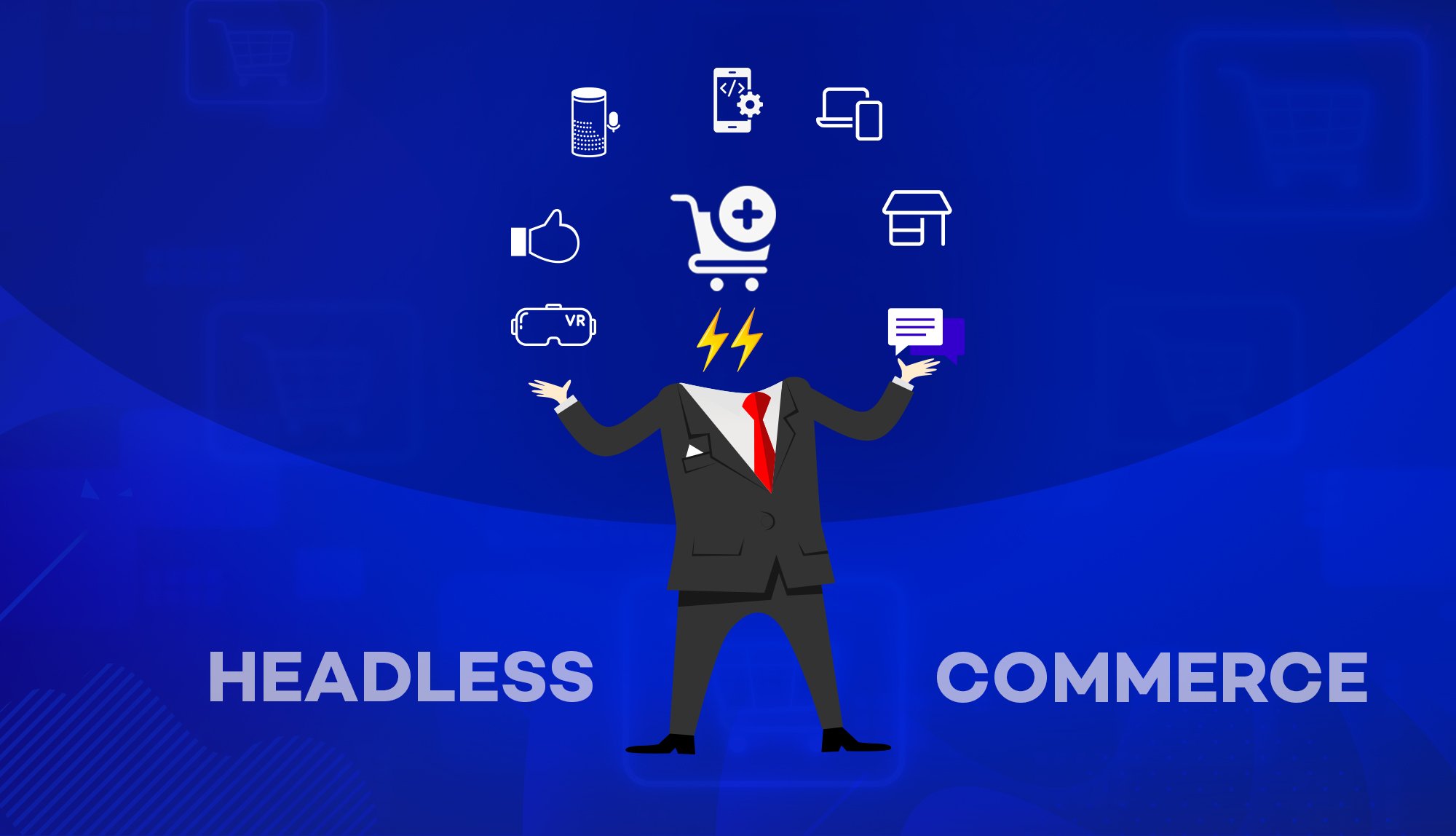
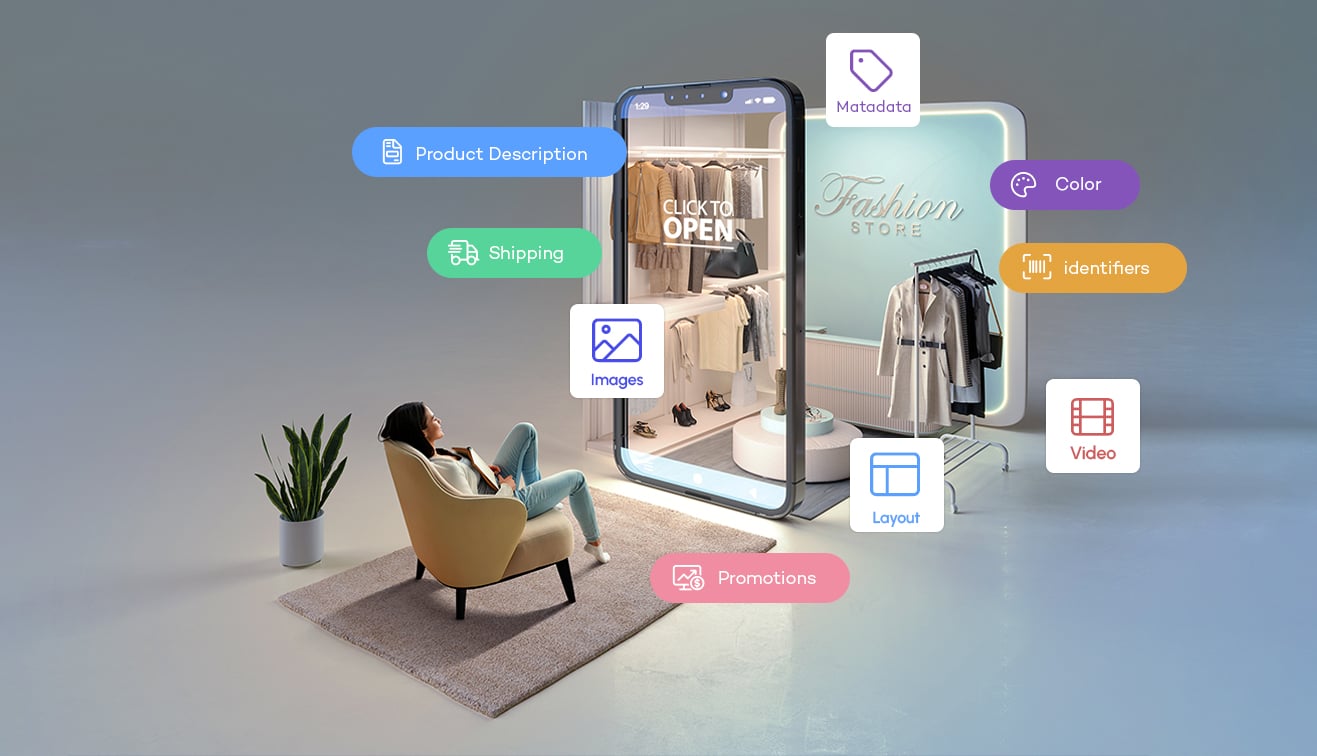


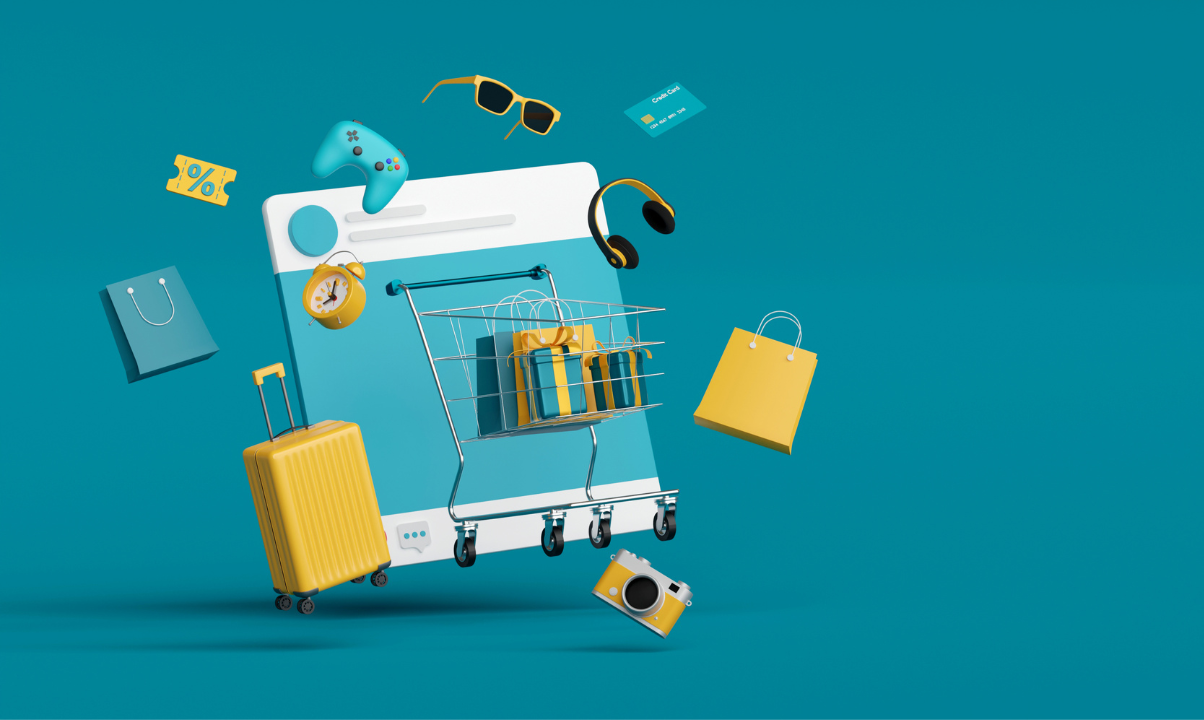
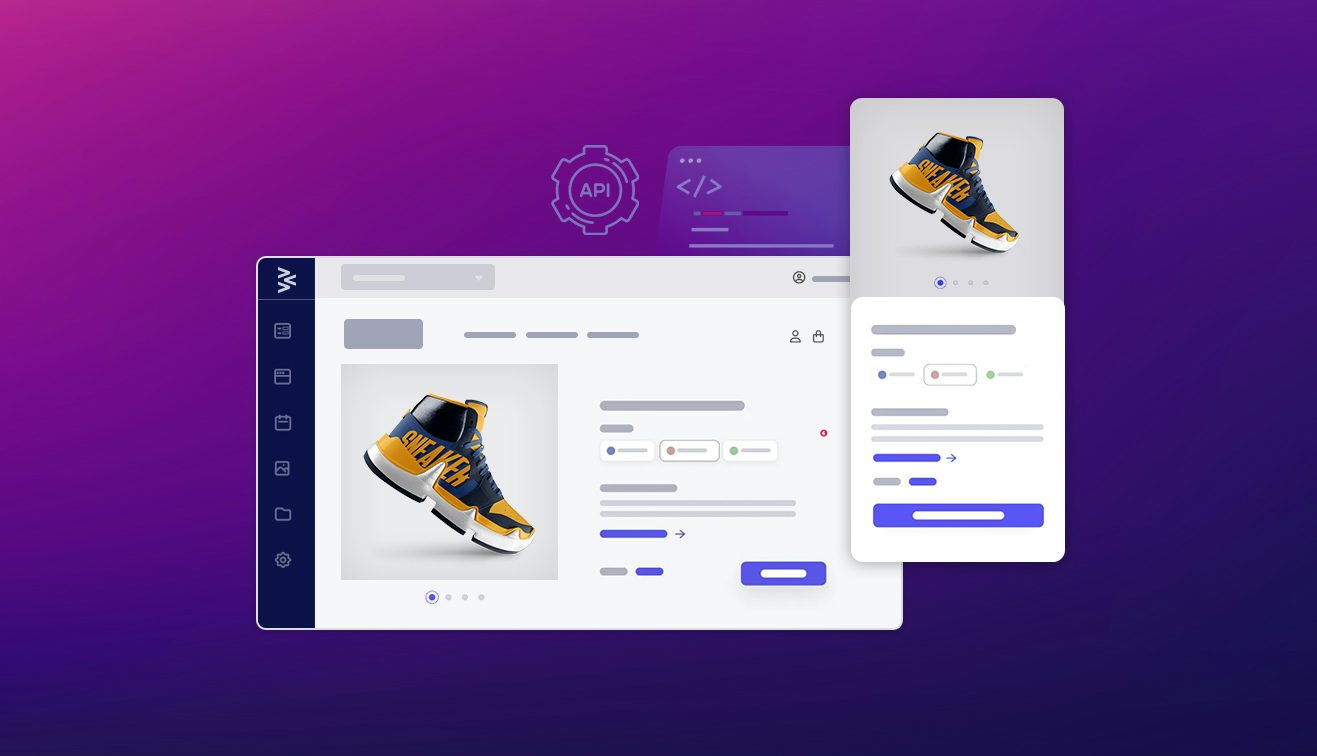

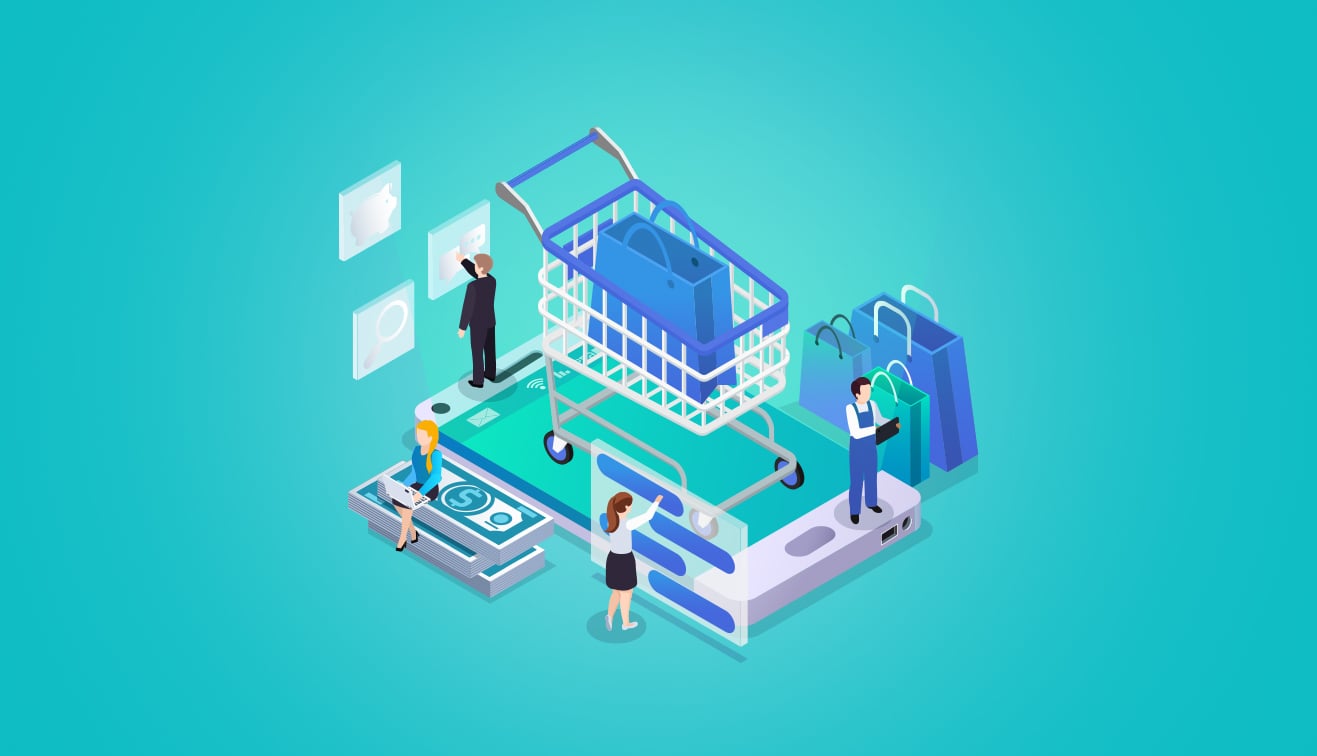

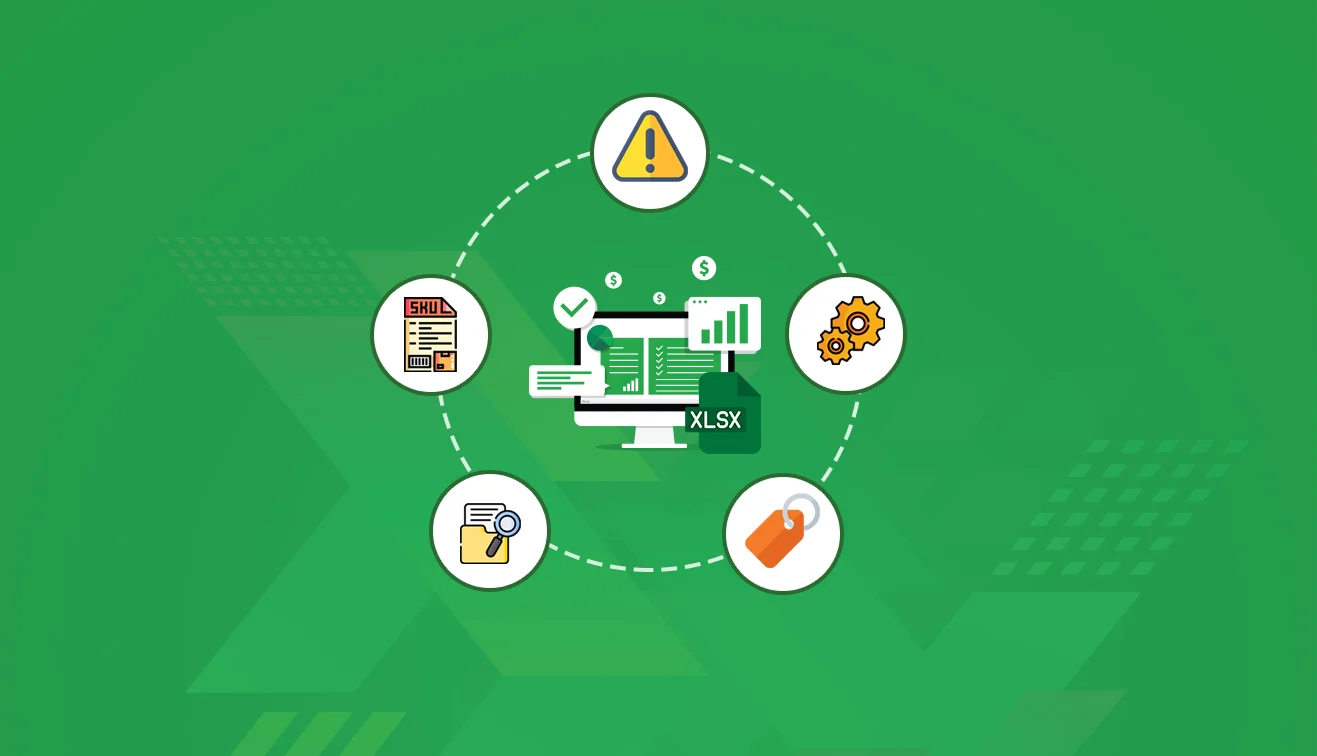

.jpg?w=3840&q=75)
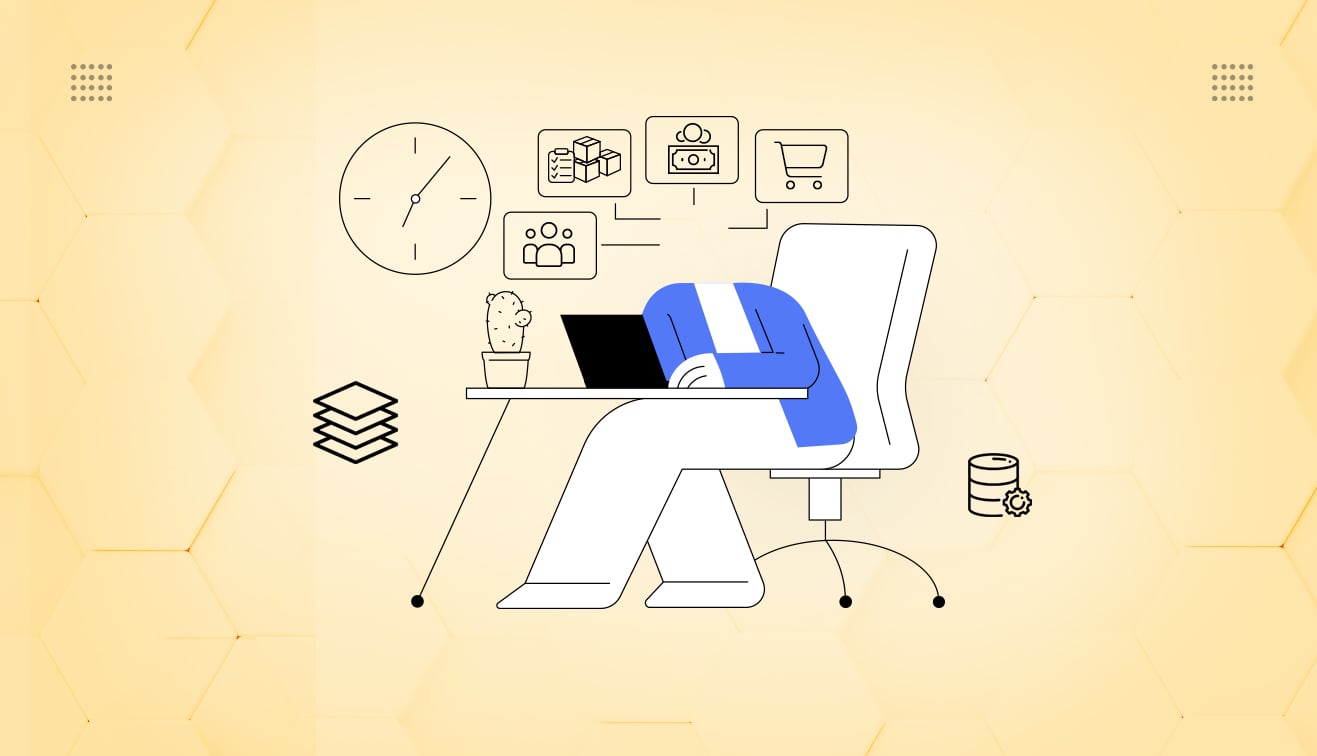

.png?w=3840&q=75)
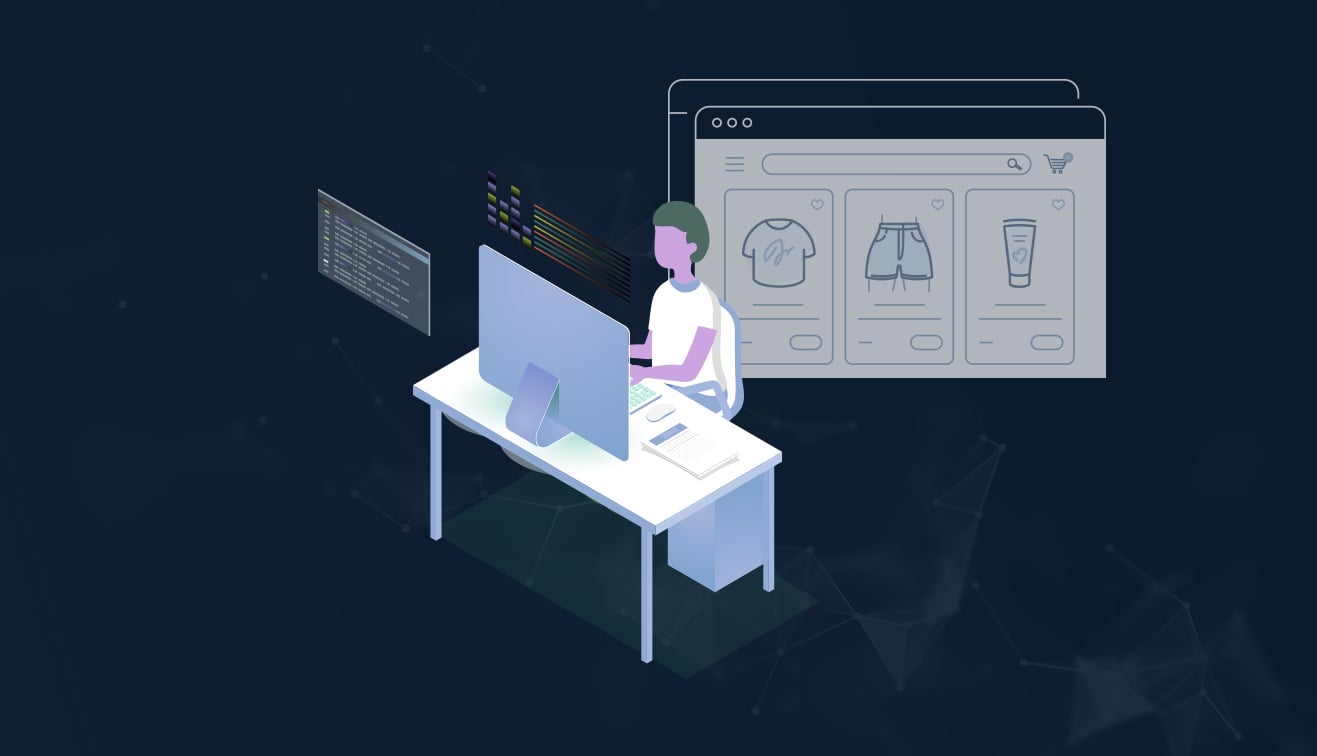
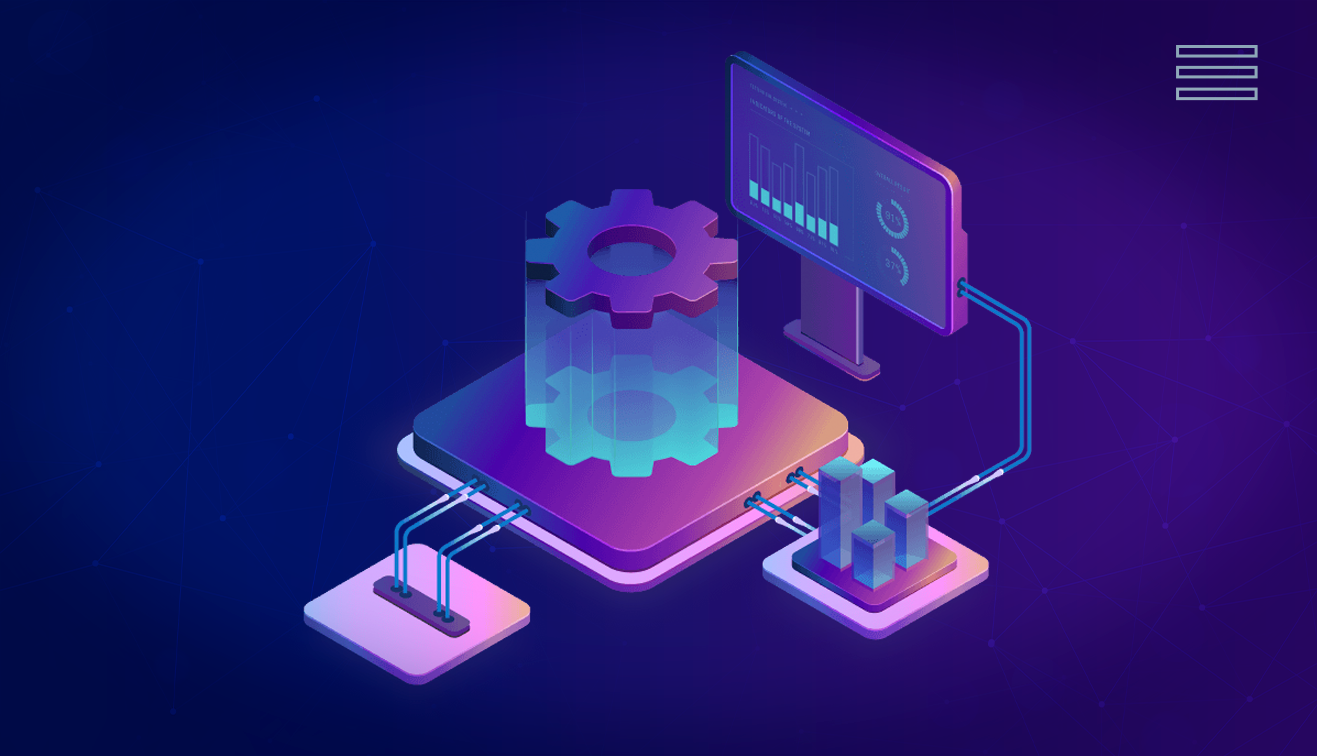
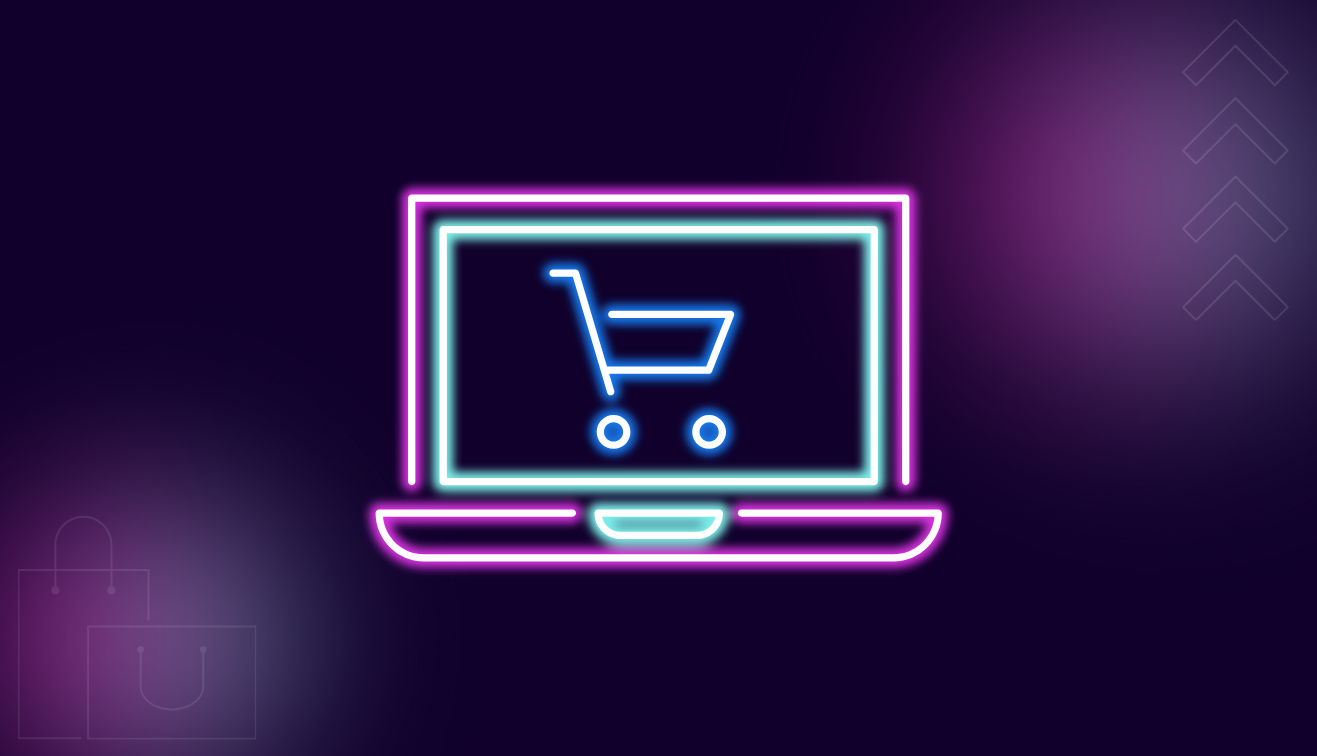
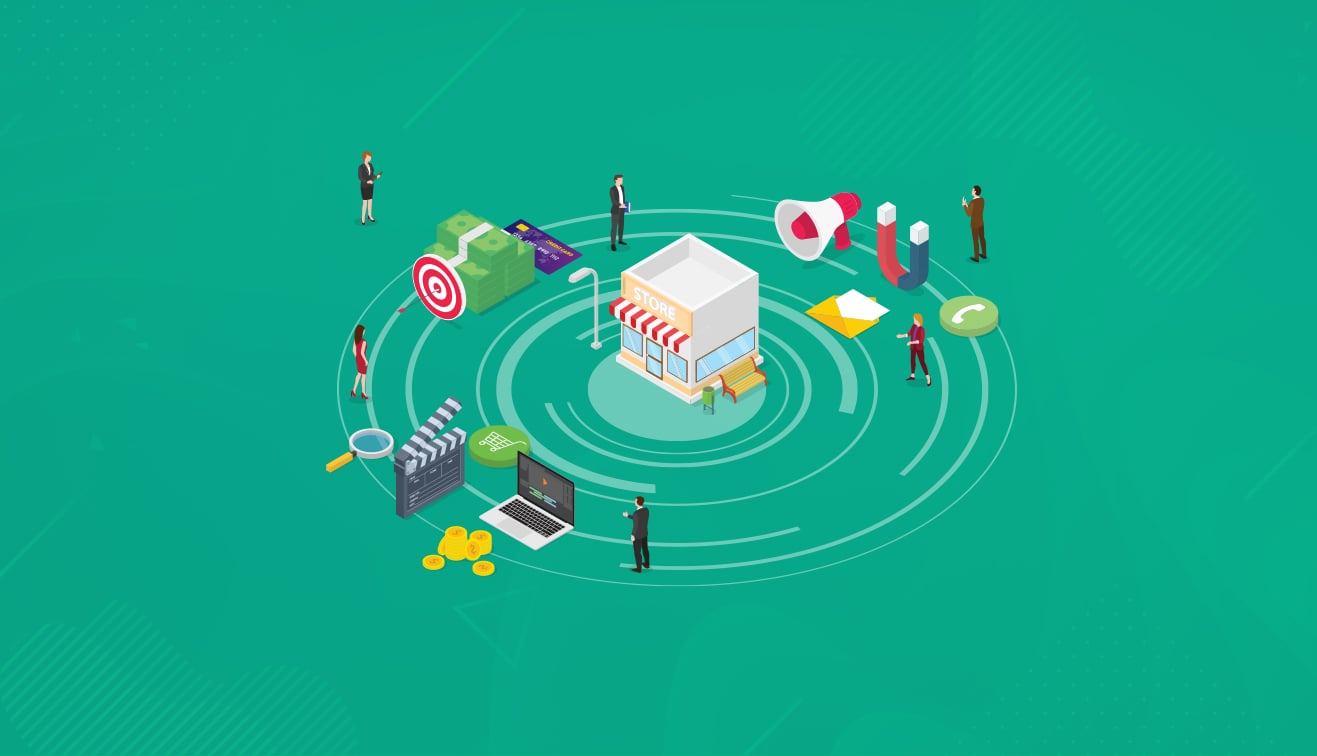
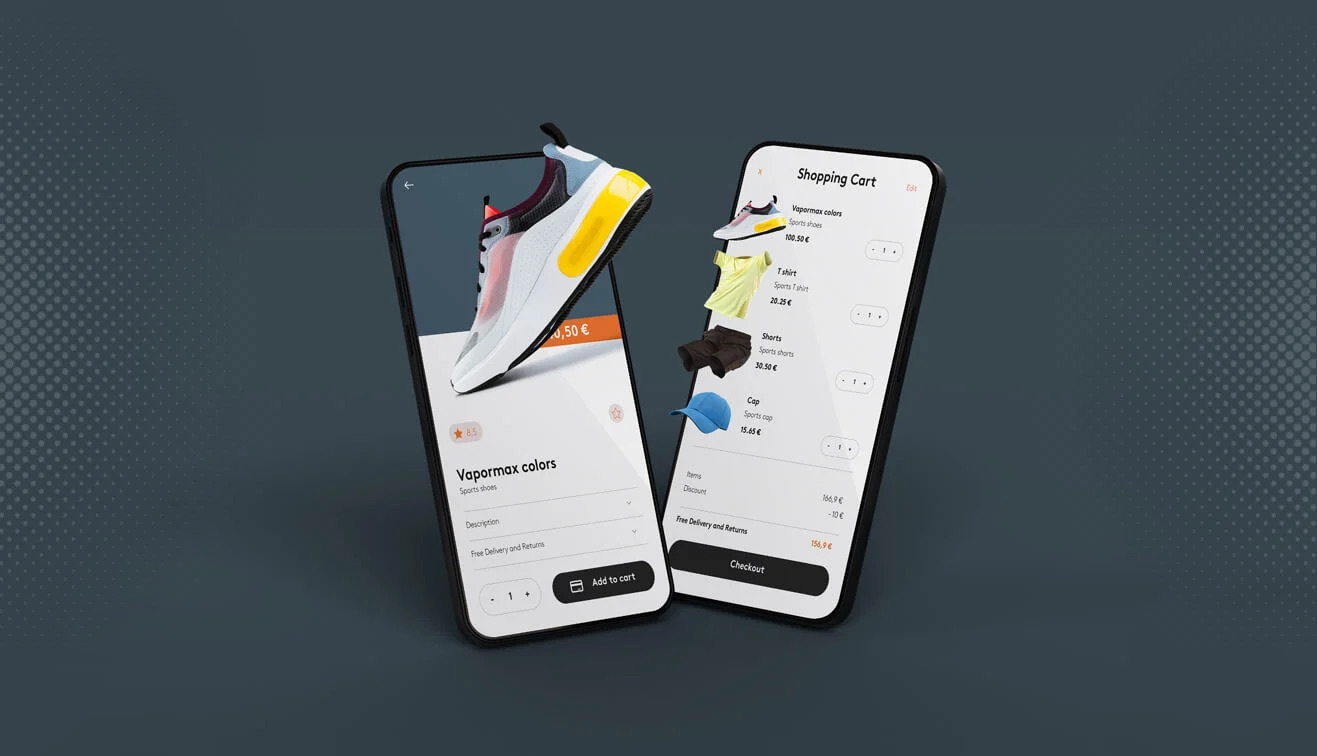



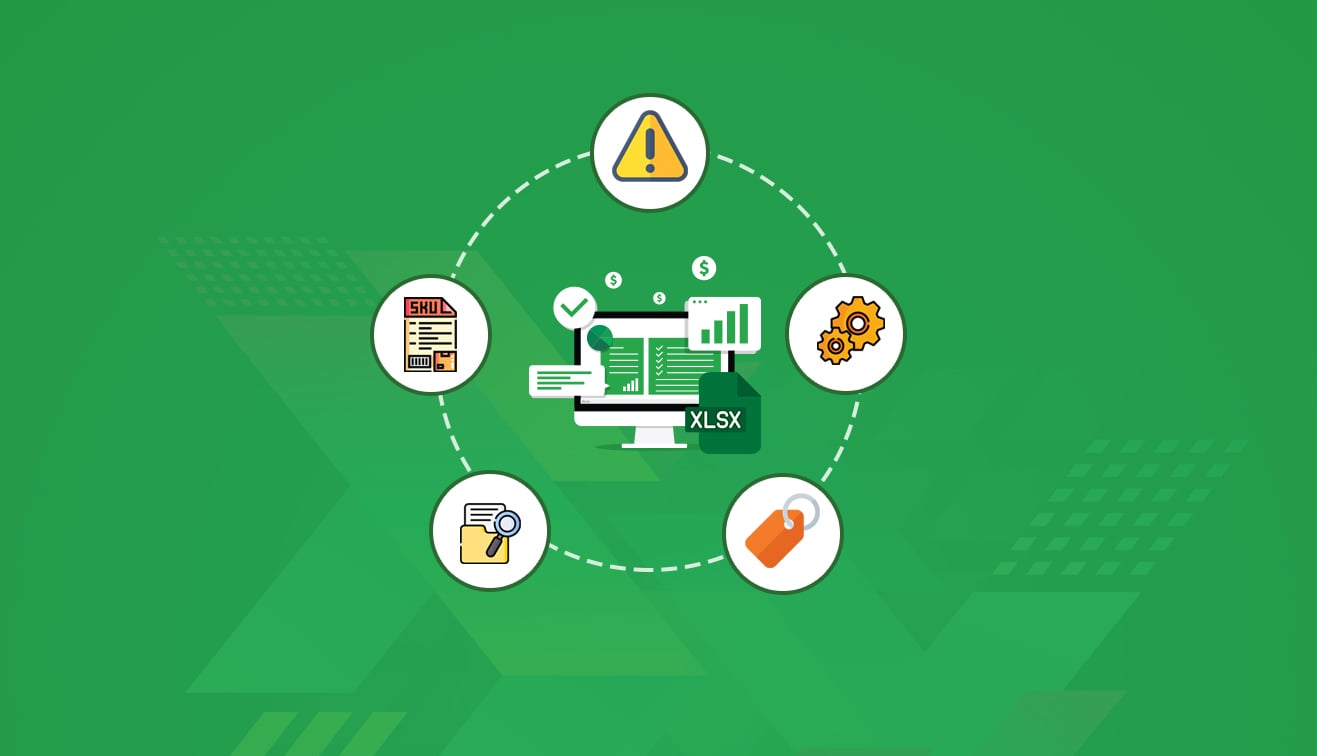
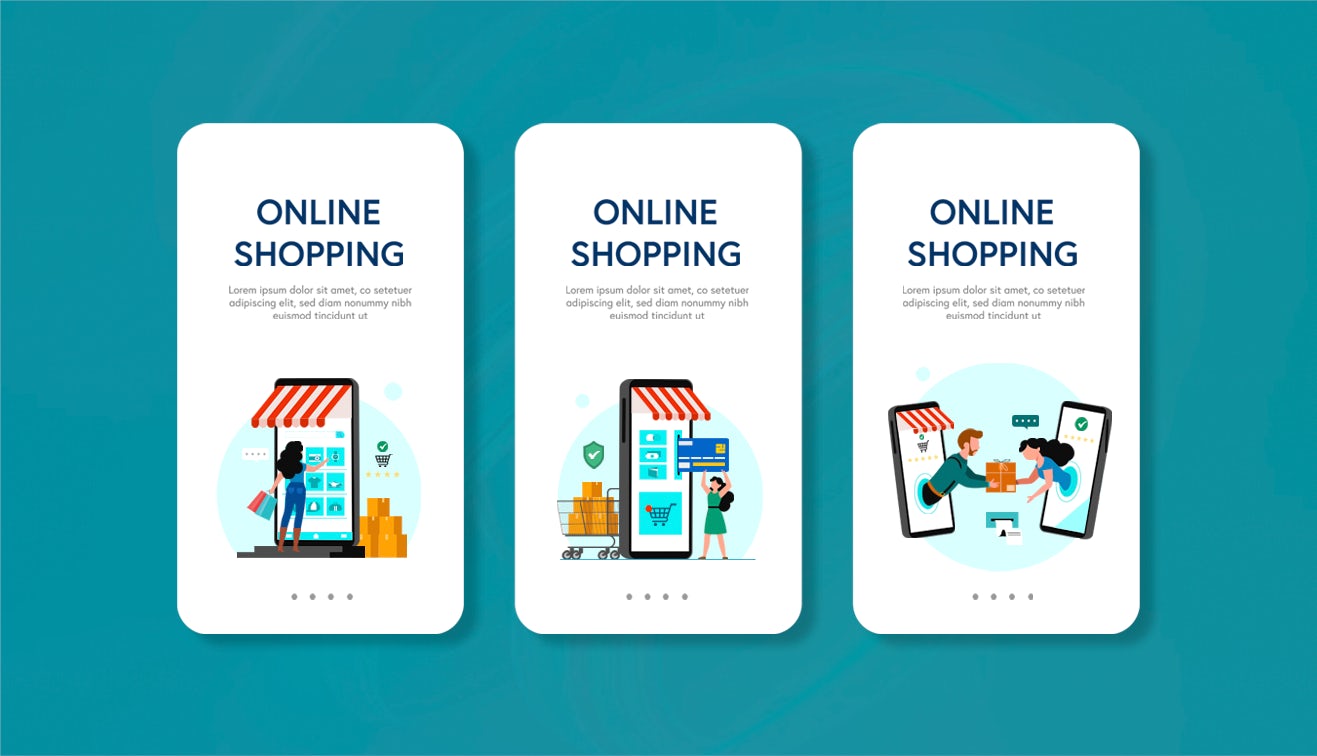
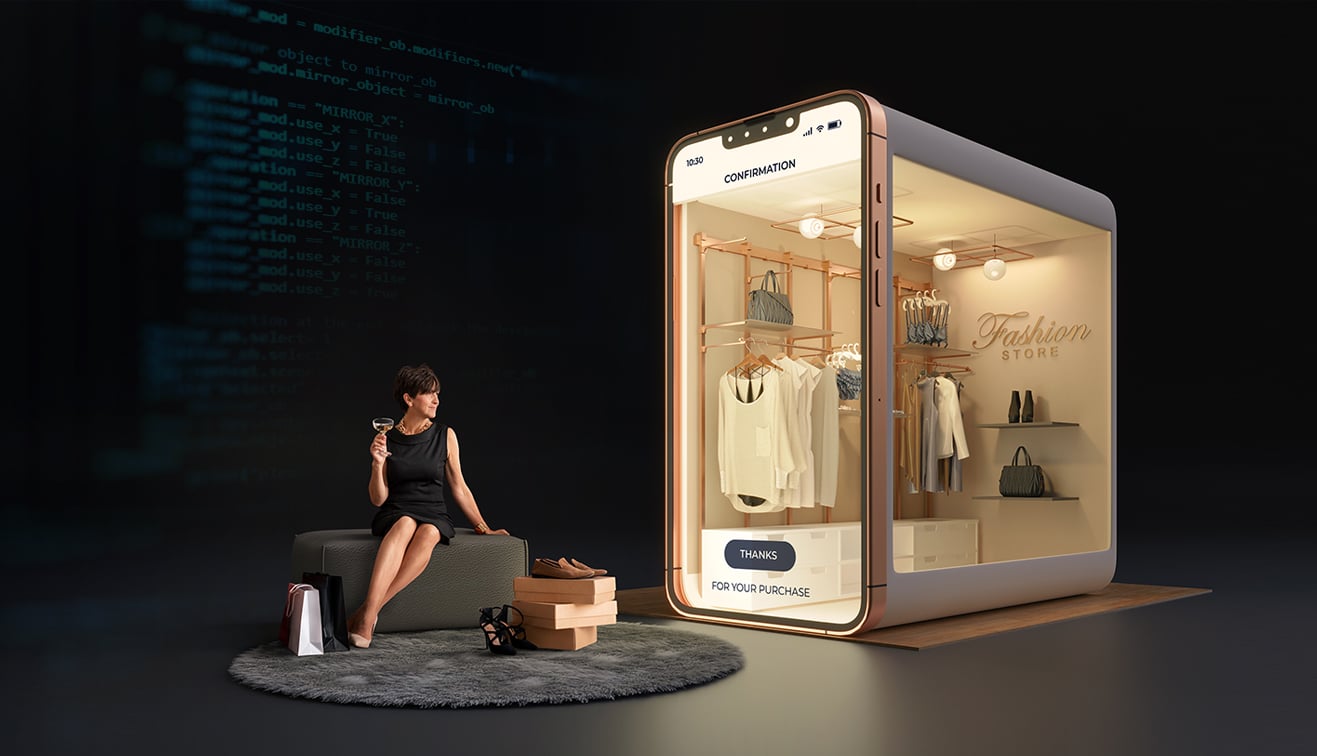
.jpg?w=3840&q=75)
